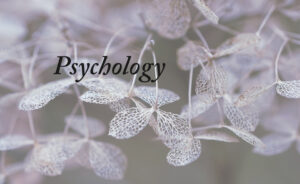The stigma of sex was not unique to Indian Society. You might have heard about the phrase Victorian morality as late as early 1900s, the strict code in Christian monastries, and of the stricter taboos in Islamic Religion. In India, on the contrary there was a much greater openness, understanding, acceptance and even a rash attempt to sublimate sexuality as is evident in the sensuous writings of Kalidasa, the left hand tantra practices, the miniature idols in The Sun Temple of Konark and the art and sculpture of Ajanta and Ellora. It is with the sudden surge of extreme permissiveness in the Western World that led to a kind of defensive shrinking. Otherwise sex has never been a taboo, rather it is seen as something beautiful and even special and sacred as is evidenced by the idea of virginity before marraige as was prevalent in India.
Now of course Society everywhere has sprung in an opposite direction with overexposure of delicate areas, proliferation of sex toys and pornography. An excessive permissiveness and promuscuity is evidently not good for either physical or emotional and social health. The paradox is that this excessive stimulation is only desensitising mankind towards whatever beauty still there may be in sex. Sage Vatsyayana did try to turn sex into an art and change it from a purely animal instinct to something more human, a means to express love physically, a joining of two persons brought together in a bond of true love and of course a method given by nature to produce a child.
In spiritual life a regulated sexuality (sanyama) with the goal of an eventual complete mastery is the requirement. The reason is neither moral nor social nor even religious. It is because the sexual energy is a tremendous power that nature released from the substrate of matter to create new life. Nature uses it for propagation of the species by associating intense pleasure with it. It can be either thrown out for pleasure or progeny or conserved and sublimated. When conversed and sublimated into art, literature, poetry the same energy becomes a powerhouse for creativity. If further conserved it turns into its original form, that is the spiritual energy that created matter by a process of self-involution. The seed of sex is termed retas. It is mainly the water principle released from the earth principle, jala out of jada. When conserved it changes into taijasa, heat and light or the Agni giving a big thrust for progress. If conserved further it changes into Vidyut or intellectual energy. If further conserved and uplifted through aspiration it changes into spiritual energy, viryas.
If you understand this principle of the transmutation of sexual energy (root energy concealed in matter) connecting to the spiritual energy at the other pole of existence then the symbol of Shivalingam will be clear. Shiva is the supreme Force at the spiritual end whereas the yoni depicted is the material energy that receives the highest energy from above thereby joining the two poles of existence. This is a symbolic representation of the Kundalini, the divine energy asleep in matter rising and climbing to meet her Lord above the head and spreading wide into etheric cosmic space (the hooded serpent of Shiva). It is a powerful symbol of the yoga itself that is meant to join Matter and the Spirit, Purusha and Prakriti, and not the usual human idea of sex between man and woman except for the symbolic nature of a man-woman relationship.
Affectionately,
Alok Da



